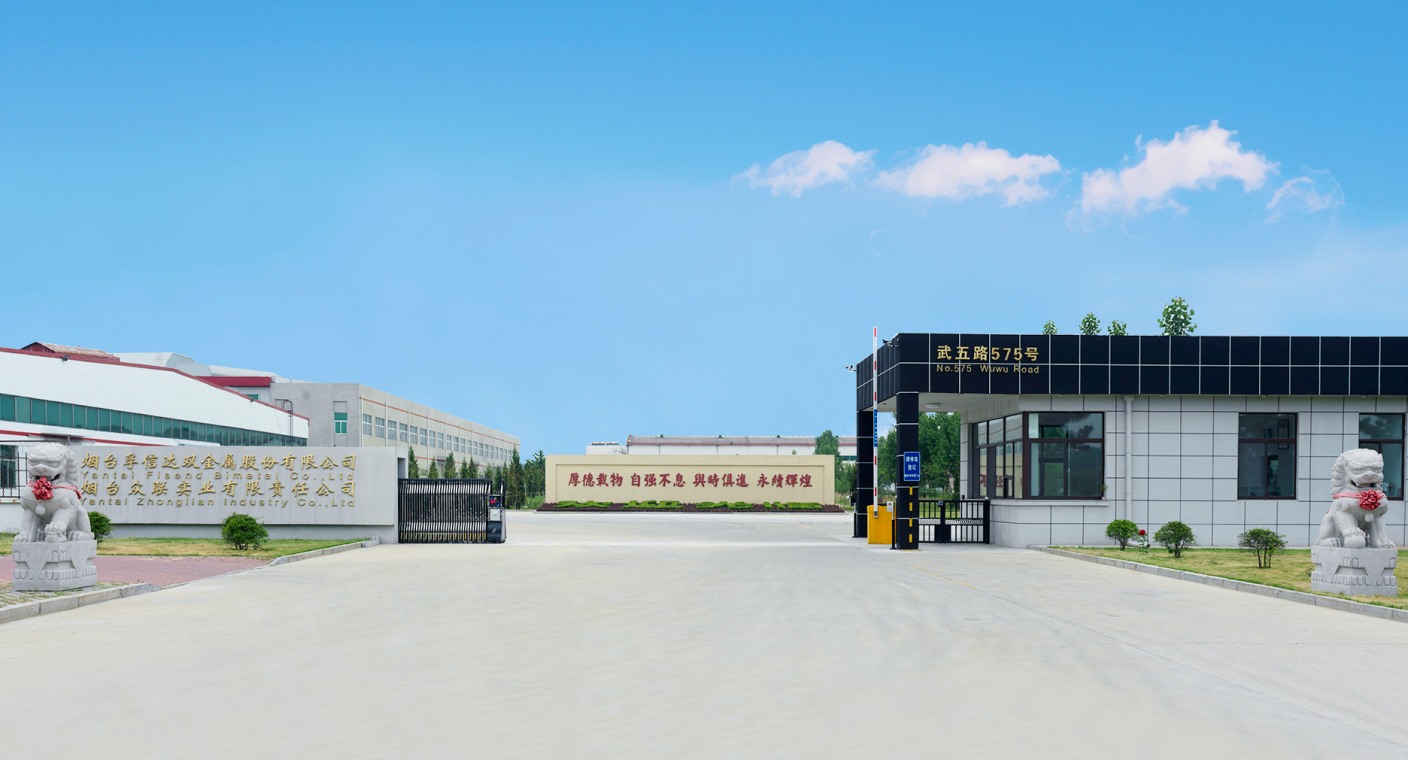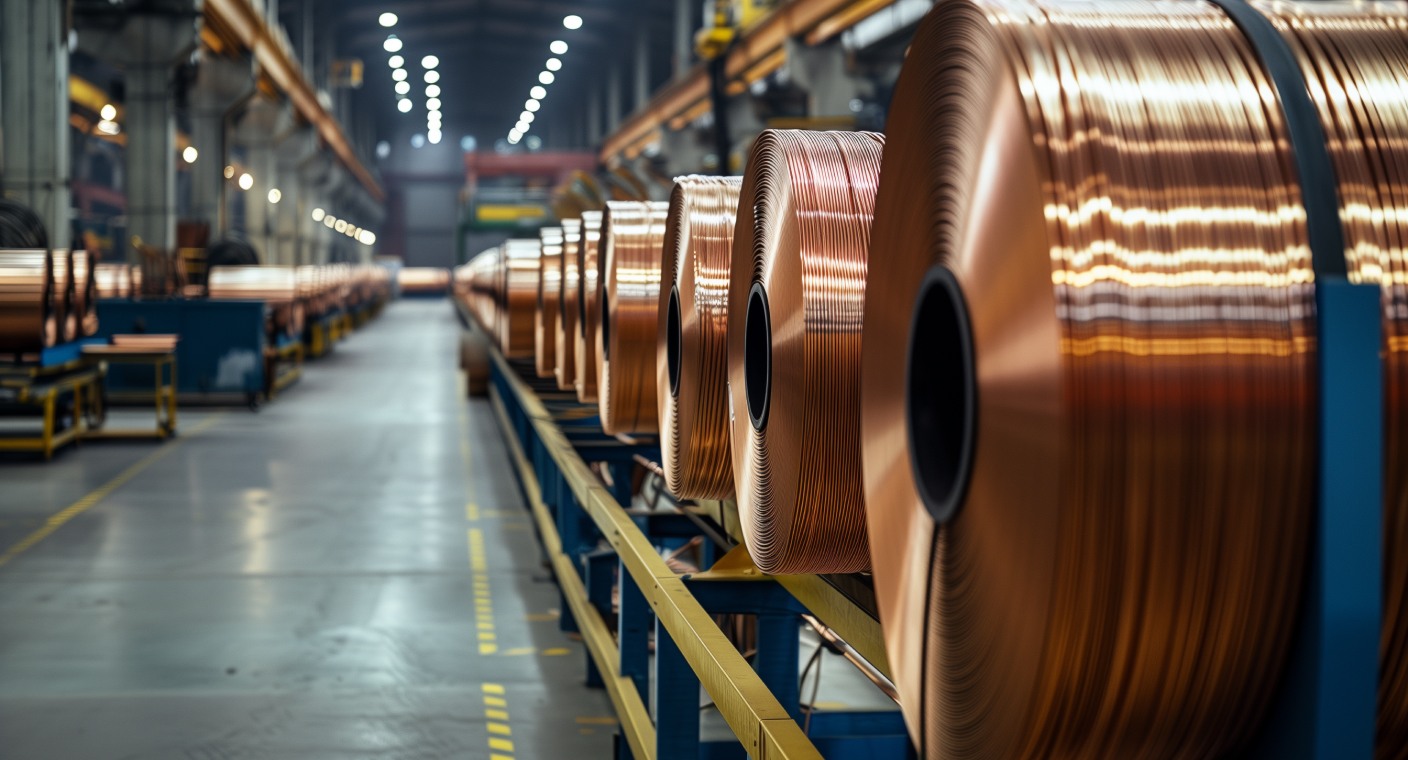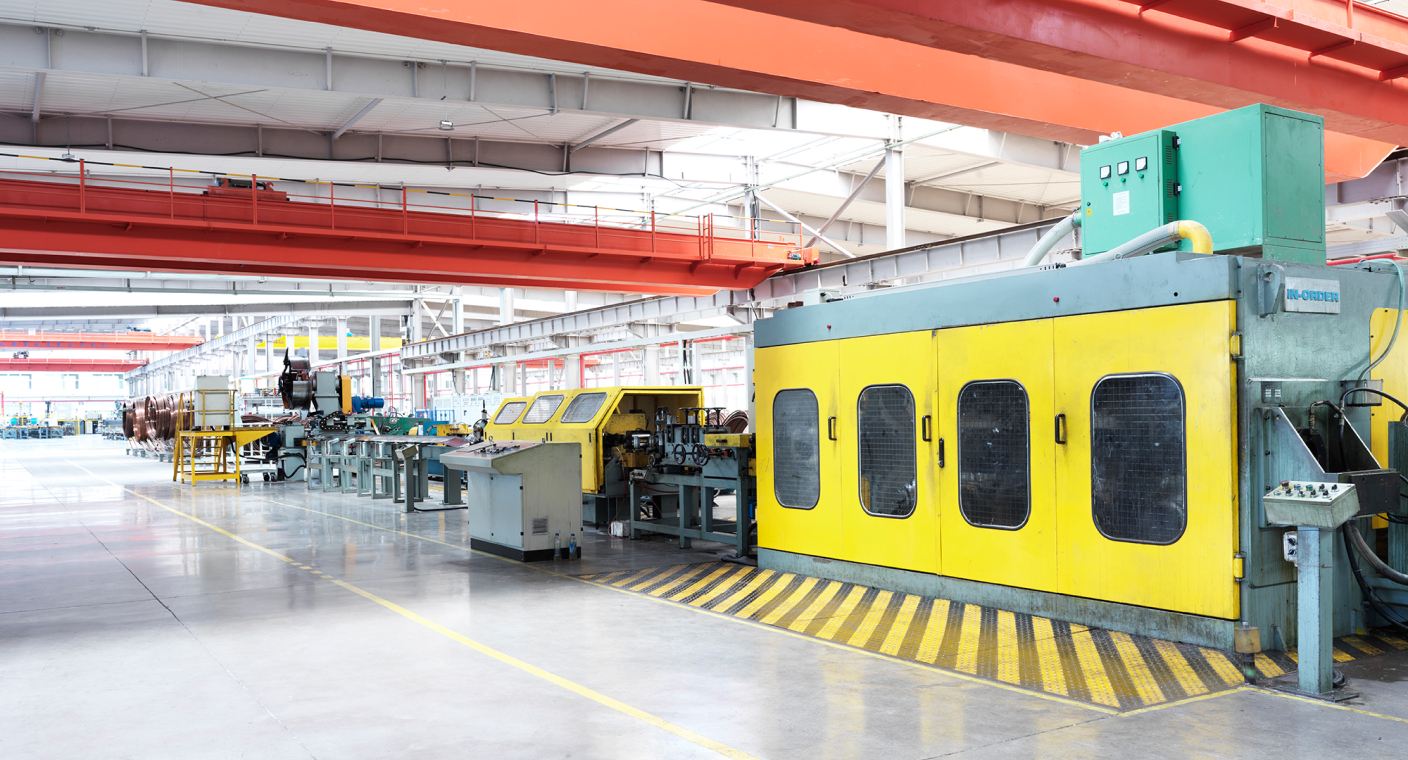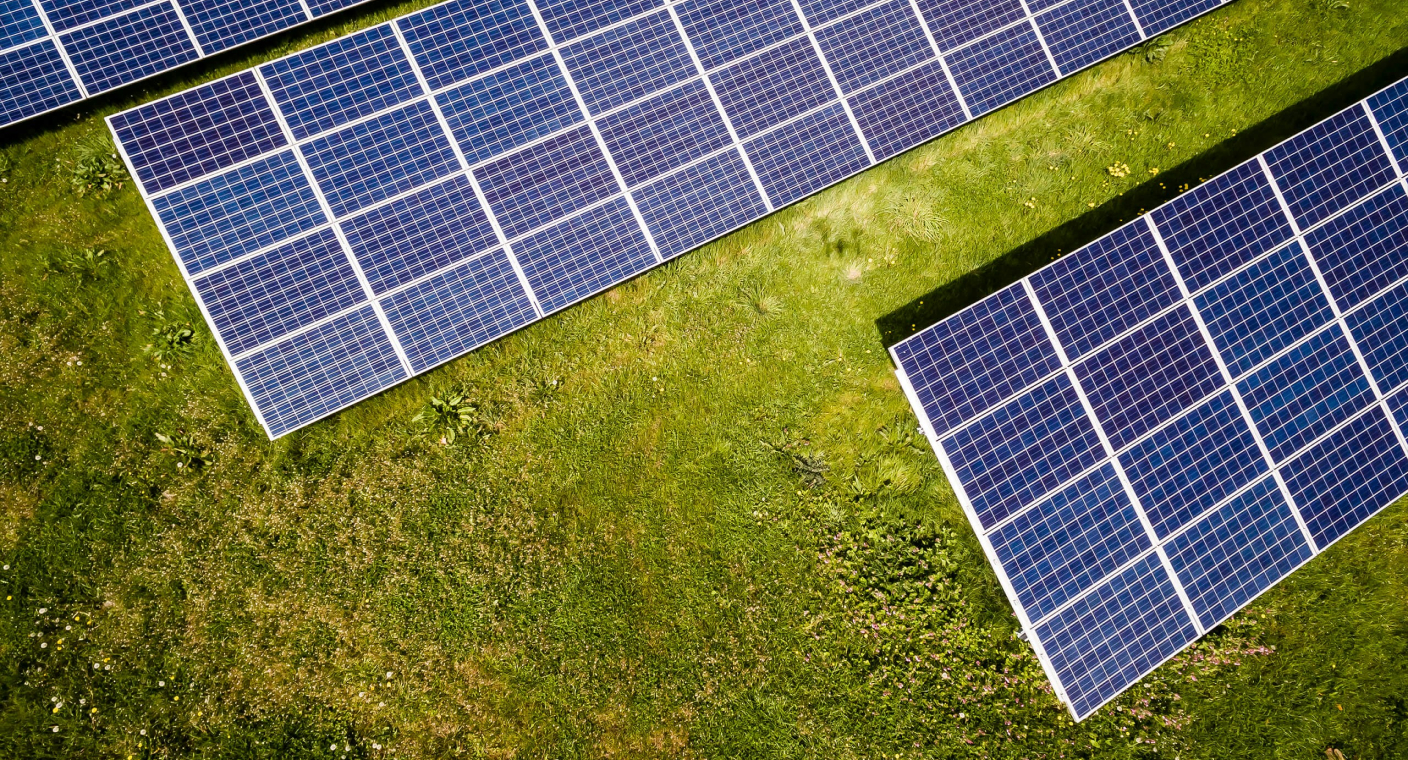- Home
- About Us
 Implement the strategy of aluminum saving copper
Implement the strategy of aluminum saving copper
Realize industrial service to the country - Products
ProductsCopper Aluminum Composite SeriesCopper Clad Aluminum Busbar Copper Clad Aluminum Rod Copper Clad Aliminum Flat Wire Copper Aluminum Composite Round WireCopper Clad Aluminum Wire Series
 Committed to the development and manufacture
Committed to the development and manufacture
of copper and aluminum composite materials - Technology &Specification
Technology &Specification
 Provide solutions of new Copper Clad Aluminum Busbar
Provide solutions of new Copper Clad Aluminum Busbar
conductor materials for global customers - Application
 For customers in the global electrical industry
For customers in the global electrical industry
Cost reduction and lightweight composite solutions
- Contact Us
 If you have any product needs or suggestions
If you have any product needs or suggestions
Please contact us















